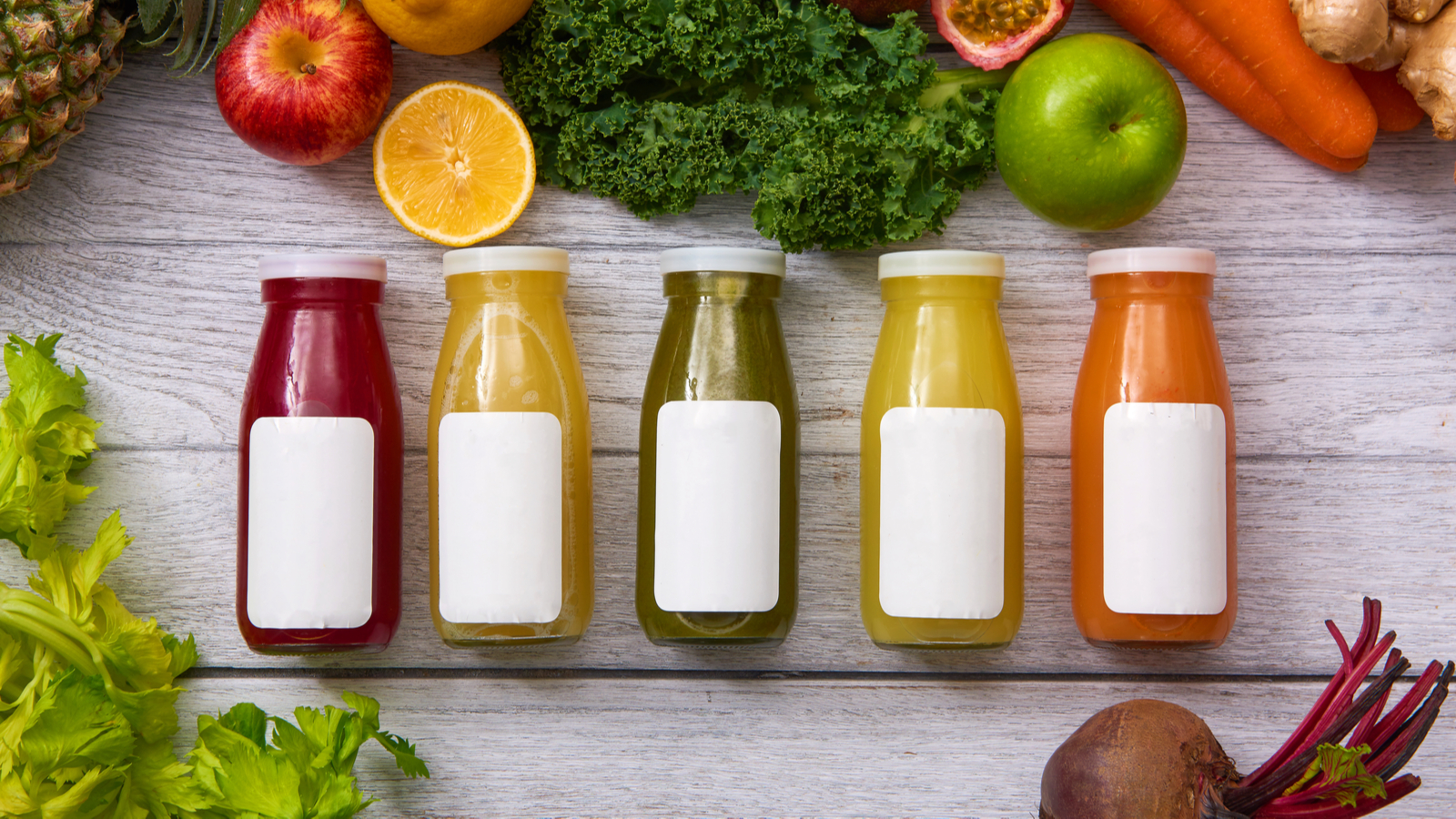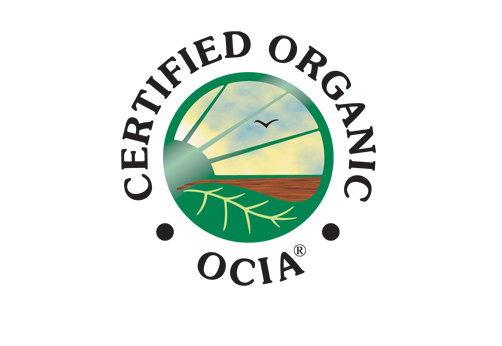

OCIA - Animal Certification Standards

OCIA certification arises from the following basic principles: Organic certification is a system of institutionalized trust, allowing consumers to identify and reward conscientious stewards of our natural heritage. Organic certification is a privilege to be earned rather than a right to be withdrawn. No one knows the farm system better than a farmer. Organic production focuses on natural processes and their management: materials and products are an adjunct to, not a replacement for, effective management. Diversity, interaction, adaptability and competition are characteristic, natural elements to be respected in the organic system. The organic farming system should be structured and managed to ensure that soil loss through erosion and other degradation does not exceed natural replacement rates. Organic operations must take measures to maintain and/or improve landscape and enhance biodiversity.The producers, handlers, and consumers depend on processors of organic products to preserve or enhance the original nutritive value for the type of product, while continuing producer efforts to minimize contamination of the product and the environment. The audit trail is an integral part of organic certification. The use of products made from organisms that have been modified by genetic engineering techniques (as defined in the Materials List) is prohibited and is in direct violation of the philosophy and organic intent of OCIA. Nanotechology applied as an extension to the process of genetic modification referred to in 1.2.10 is prohibited within the organic system.The use of manufactured nanoparticles or nanostructures is prohibited. *Notwithstanding the above, the use of naturally occurring nanoparticles, as in traditional biodynamic practice, is allowed. The use of artificial nanoscale processes is prohibited within the organic system.
Purpose
As providers and consumers of certified organic production, we are committed to environmentally sound stewardship.
Applied Standards
Livestock shall be registered with OCIA for at least 6 months before it may be eligible to seek certification. Poultry shall be registered with OCIA for at least 30 days before it may be eligible to seek certification.The stocks are not kept together or OCIA-certified or OCIA-recognized organic stock can be easily distinguished from non- certified stock, i.e. distinguishable breeds. An audit of the production and sales records of both the organic and non-organic livestock will be conducted during the inspection in all instances of parallel production, even when the organic and nonorganic livestock can be easily distinguished. Areas for storing feed are separated and clearly marked. Accurate documentation is maintained of stock, feed handling, medications, etc. and non-certified stocks. OCIA-certified or OCIA-recognized organic livestock shall be securely excluded from storage, feeding, mixing and handling areas of non-organic feed and prohibited materials. Livestock may not be rotated in and out of organic production and remain certified. Management of the environment of the animals must take into account the behavioral needs of the animal and provide for: Sufficient free movement; Sufficient fresh air and natural daylight according to the needs of the animals; Protection against excessive sunlight, temperatures, rain and wind according to the needs of the animal; Enough lying or resting area; Ample access to fresh water and feed according to the needs of the animals; Adequate facilities for expressing behavior in accordance with the biological and behavioral needs of the species. Rabbits and pigs must not be kept in cages. Access to open air and/or grazing appropriate to the type of animal and season taking into account their age and condition. Exceptions may be allowed in cases where: There is inclement weather.There are absences of pasture due to temporary or seasonal conditions. In such instances, the animals must have access to an outdoor run. Feeding of animals with carried fresh fodder is a more sustainable way to use land resources than grazing providing animal welfare is not compromised. Restrictions shall always include a time limit, which shall be set for each exception. Housing conditions must ensure that: Adequate natural materials for bedding are provided when housed (If the bedding is typically consumed by the animal species, it must comply with the feed requirements of Section 3.5); No construction materials or production equipment are used which might detrimentally affect human or animal health; Housing construction shall ensure that air circulation, dust levels, temperature, relative air humidity, and gas concentrations are within levels that are not harmful to the livestock, and shall include providing insulation, heating, cooling, and ventilation of the building as need and/or conditions indicate; and Animals are protected from predation by wild and feral animals. Landless animal husbandry systems and/or confinement based production systems shall be prohibited. When artificial lighting prolongs the natural day length, this must not lead to a total day length that is longer than 16 hours. Exemptions may be granted by the CDT with advice from the chapter review committee to protect the well being of the animal (i.e. heating lamps for newborn/newly hatched animals). Herd/flock animals shall not be kept individually with the exception of male animals, sick animals, small holdings and those about to give birth. Routine confinement of animals in crates or boxes where they cannot move freely is prohibited. White veal production is prohibited. Temporary exemptions for penning of animals may be allowed based on the animal’s stage of growth, weather conditions, animal health, and safety. Temporary exemptions may also be allowed based on the need to protect plant, soil, and water quality. Livestock housing with 100% slatted and/or grid flooring above manure pits is prohibited.
Manure management practices used to maintain any area in which livestock are penned, housed, or pastured must be implemented in a manner that: minimizes soil and water degradation; does not contribute to contamination of water by nitrates and pathogenic bacteria; optimizes recycling of nutrients; does not include burning or any practice inconsistent with organic practices. All manure storage and handling facilities, including composting facilities must be designed, constructed and operated to prevent contamination of ground and/or surface water. Manure application rates must be at levels that do not contribute to ground and/or surface water contamination. The timing and application methods and rates must be in compliance with "Organic Matter", of these standards and must not increase the potential for run-off into ponds, rivers and streams. Slaughter animals must be fed 100% OCIA-recognized-certified organically grown feed including pasture. Buffer zone requirements may be waived by the Chapter review committee if an affidavit of non-use of prohibited materials can be obtained from neighboring landowners. OCIA-recognized certified organically grown feed is defined as: Feed that has been certified by OCIA; or Feed that has been certified by an accredited certifying agency; or In the case of a new applicant, after the first inspection, there may be on-farm feed that qualifies. The land on which the feed and hay has been grown must be documented and confirmed to be free of prohibited materials for 36 months or more. This feed can be fed to the livestock, which are destined to be OCIA Certified and still maintain the organic integrity of the animals. However, the feed may only be used on-farm for the producer’s own livestock and cannot be sold as OCIA Certified. Pasture management must ensure that stocking rates do not exceed the maximum carrying capacity of the land in the region, taking into account the forage production capacity, stock health, and environmental impact. Overgrazing leading to the degradation of the land may result in non-certification. The use of products made with artificial nanoscale processes is prohibited. The use of products containing manufactured nanoparticles or structures is prohibited. Certified animals that are grazed off the certified property must be grazed on other OCIA-certified or OCIA-recognized-certified organic pastures to maintain their certification.
At least 55% of the feed shall either come from the farm unit itself or be produced in cooperation with other organic farms in the region. The Chapter review committee may allow exemptions with regard to local conditions annually. All ruminants shall have daily access to OCIA-recognized-certified organic roughage. Feed must be processed by an OCIA-recognized-certified organic facility. Plastic roughage, urea, and other synthetic nitrogen compounds, intentional manure refeeding, and similar practices are prohibited. In certain critical years where OCIA forage crops are unavailable or in short supply due to extreme weather conditions, or other emergencies, the Chapter review committee can allow a farmer to utilize non-certified organic feed and forage for a limited time in an emergency situation. These inputs must be sufficiently documented to be free of prohibited materials. Notification must be made to the Chapter Review Committee and/or OCIA International as soon as reasonably possible. Documentation of that must be included in the farmer’s certification application file. On the recommendation of the Chapter Review Committee and/or OCIA International, a maximum time limit for this feeding shall be established. Silage preservatives such as these may be used: bacteria and fungi; course rock salt and sea salt; sugar or sugar products such as molasses (organic when available)." "In all circumstances, the grower will ensure that all feed materials made available to livestock are not grown, produced, or manufactured from products made from organisms that have been modified by genetic engineering techniques (as defined in the Materials List). Water for livestock must be free of contamination from hazardous substances. Animals must have access to drinkable water in all paddocks during periods when fluid intake from forage is insufficient. Calves, lambs, piglets and kids shall suckle for at least the full colostrum period. Early weaning (less than 4 weeks for piglets, 3 months for beef, and 18 kg or 2 months for sheep and goats) or feeding of milk replacer are prohibited. Prior to weaning, in emergencies, whey, skim milk, and other by-products from OCIA-certified or other OCIA-recognized-certified organic milk processing is permitted. For supplements, the following products are permitted: Any source of feed salt is acceptable. Selenium of whatever form (ingested or injected at recommended doses). Feed supplements as found in nature or that have undergone only mechanical/physical processes (i.e. precipitation, extraction only with water – no chemical solvents, refining without chemical treatment), biological/enzymatic process and microbial processes (i.e. fermentation). Natural minerals and trace elements such as magnesium oxide and greensand. Calcium phosphate materials such as marl or calcium carbonate materials such as limestone, dolomite, etc. Molasses, organic when available. Kelp Fish oils and other fish by-products. Oyster shells, cuttlefish bones. Vitamins should be provided from sprouted grains, fish liver oils, brewer's yeast or other natural sources when available in appropriate quantity and quality. Synthetic or manufactured vitamins, minerals and other nutritional supplements may be permitted in cases of long winters, mountainous zones, poor forage due to bad weather or for nutritional needs of the animal that cannot be met otherwise. This will be determined by Chapter review committees on a case-by-case basis. At no time should these: contain medications nor be formulated as protein supplements, requiring them to be fed at large rates (100-300 pounds/ton grain ration). be derived from or manufactured from products made from organisms that have been modified by genetic engineering techniques (as defined in the Materials List). The following products shall be prohibited: Synthetic growth promoters, growth suppressants, or stimulants (including antibiotics, hormones, and trace elements used to stimulate growth) implanted, injected, or ingested. Synthetic appetizers. Preservatives, except when used as a processing aid. Artificial coloring agents. Urea and other synthetic nitrogen compounds. Animal by-products to ruminants. Droppings, dung, or other manure even if technologically processed. Feed (e.g. soy and rapeseed meal) subjected to solvent (e.g. hexane) extraction or the addition of other chemical agents. Pure amino acids. Genetically engineered organisms or products thereof. The use of products made with artificial nanoscale processes is prohibited. The use of products containing manufactured nanoparticles or structures is prohibited
Allowable synthetic subtances
See "OCIA Livestock Production"
